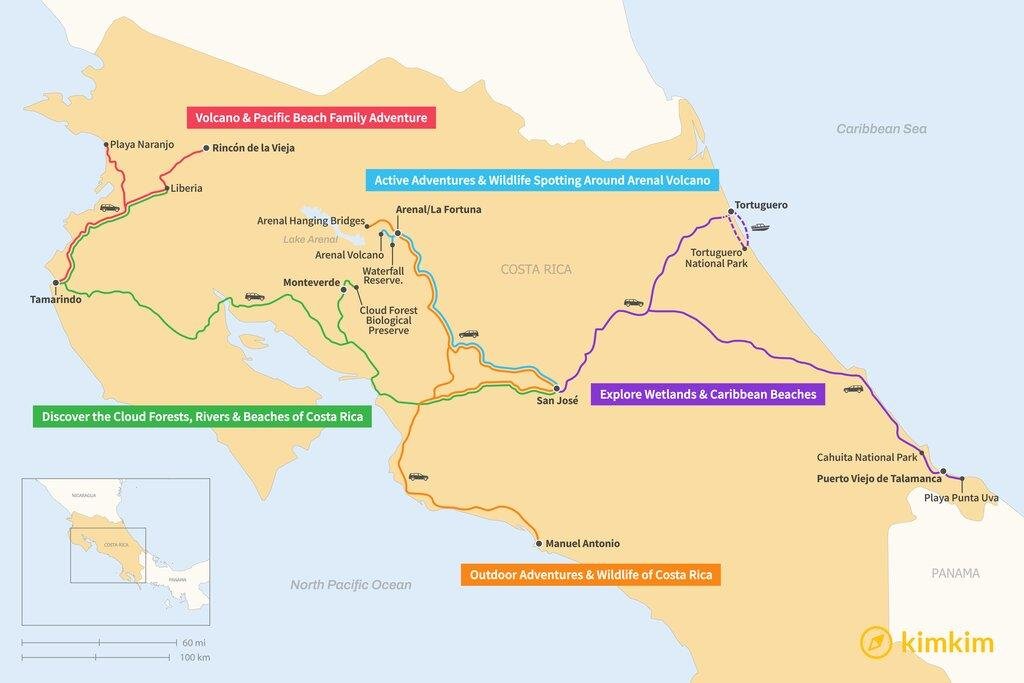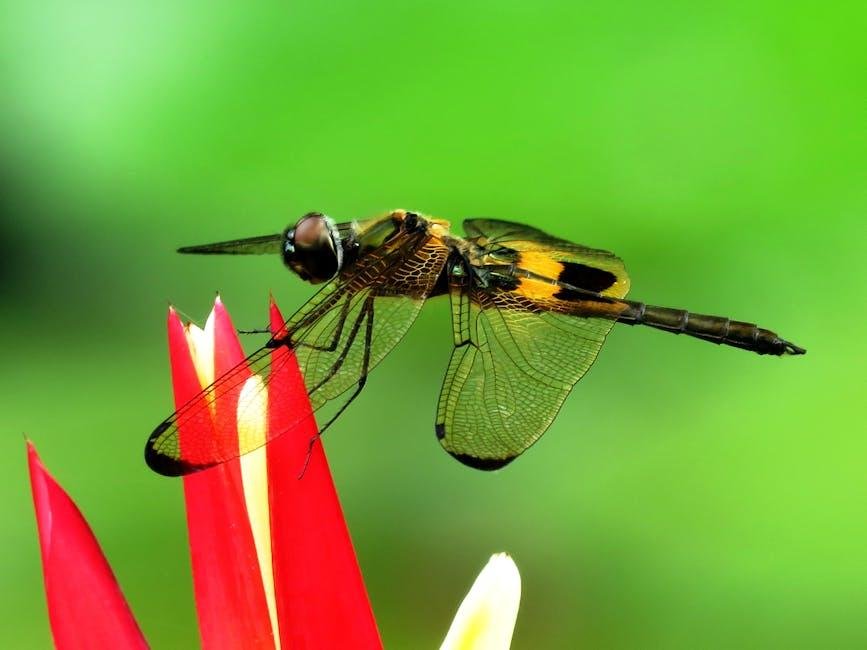As the sun dips low on the horizon, casting a golden glow over tranquil waters, enthusiasts of the great outdoors eagerly embark on their aquatic adventures. Whether kayaking through meandering rivers,sailing across serene lakes,or exploring coastal coves,the allure of nature beckons. Yet, beneath the shimmering surface lies an intricate web of wildlife—creatures that play vital roles in their ecosystems and can occasionally cross paths with humans. While these encounters can be exhilarating, they also require a thoughtful approach to ensure both our safety and the wellbeing of the animals we encounter. In this article, we’ll explore practical strategies for avoiding unwanted wildlife interactions while appreciating the beauty of our natural surroundings. With a little foresight and respect for nature, you can navigate the waters with confidence, ensuring that yoru adventure remains harmonious and safe.
understanding Wildlife Behavior in Aquatic environments
To effectively minimize encounters with wildlife while navigating aquatic environments, it is indeed crucial to comprehend the underlying behaviors of various species. Many animals, such as otters, beavers, and even certain birds, exhibit specific activations based on time of day, weather conditions, and seasonal changes. By understanding these patterns, water enthusiasts can better predict when and where wildlife might be found. For example,most aquatic mammals are often more active during dawn and dusk,while larger fish tend to congregate in specific areas where food resources are abundant.
Here are some key considerations for maintaining distance from wildlife:
- Timing: Plan outings during midday when many animals are less active.
- Noise Levels: Keep noise to a minimum; sudden sounds can startle wildlife.
- Observation: Bring binoculars to observe from afar rather than approaching.
- Familiarization: Learn the characteristics of local species to anticipate behaviors.
When creating a safe distance from potential wildlife encounters, it can be helpful to be aware of their habitat preferences. Understanding what environments attract certain species can significantly reduce the likelihood of surprise encounters. As an example,certain fish may be found in shallow waters near vegetation,while larger mammals may murmur near coves or inlets. Below is a simple table showcasing common aquatic animals and their preferred habitats:
| Animal | Preferred Habitat |
|---|---|
| Beavers | Still waters with abundant vegetation |
| Otters | Rivers and lakes with plenty of fish |
| Swans | Shallow waters with aquatic plants |
| Trout | Fast-moving streams and cold waters |

Effective Strategies for Safe Boating Practices
To minimize the chances of unexpected encounters with wildlife while boating, it’s important to remain vigilant and respectful of the natural habitat. Start by ensuring that your vessel is equipped with prescribed safety gear, as this not only protects you but also contributes to the preservation of local ecosystems. Approach sensitive areas cautiously and follow navigation guidelines to avoid disturbing wildlife. Be mindful of speed limits in protected zones, as high speeds can create waves that disrupt nesting birds and other coastal wildlife.
Additionally, educate yourself about the local wildlife in the waters you plan to navigate. Familiarize yourself with the common behaviors of the animals you may encounter, so you can recognize signs of their presence and adjust your actions accordingly.Here are some key measures to implement:
- Stay at least 100 yards away from large marine mammals.
- Observe wildlife from a distance; use binoculars for a closer look.
- Refrain from feeding or approaching animals.
- Keep noise levels to a minimum to avoid startling wildlife.
| Wildlife | Recommended Distance |
|---|---|
| Whales | 200 yards |
| Dolphins | 100 yards |
| Sea Turtles | 50 yards |
| Birds | 200 yards (during nesting season) |

Creating a Wildlife-Friendly Itinerary
When planning your aquatic adventures, it’s essential to incorporate elements that promote wildlife conservation and natural habitat preservation. Choose activities that allow you to admire wildlife from a distance without disturbing their habitat. Consider eco-friendly tours that prioritize both your enjoyment and the well-being of local ecosystems. Here are some options that contribute positively:
- Guided Kayaking Tours: These provide intimate views of wildlife while ensuring minimal disturbance to their habitats.
- Wildlife Watching Boats: Opt for tours with well-trained guides who respect wildlife and maintain safe distances.
- Snorkeling in Designated Areas: Enjoy underwater life without causing harm to the coral reefs or aquatic creatures.
Additionally, research regulations and best practices for the regions you plan to visit to avoid accidental wildlife encounters. Understanding the seasonal behaviors of animals can inform you when it’s best to steer clear of high-traffic areas. Below is a simple guide to help you prepare:
| Animal | best Viewing seasons | Preferred Habitats |
|---|---|---|
| Manatees | November – March | Warm waters and springs |
| Sea Turtles | May – October | Beaches for nesting |
| Dolphins | Year-round | Coastal areas |

Recognizing and Respecting natural Habitats
One of the most important aspects of enjoying time on the water is understanding the delicate balance of local ecosystems. Every body of water hosts a variety of species, some of which may be endangered or sensitive to disturbances. It’s crucial for all water enthusiasts to educate themselves on the specific habitats in their area and the wildlife that calls them home. This awareness paves the way for responsible behavior that minimizes human impact on these natural environments. Recognizing the signs of wildlife activity, such as nesting sites or feeding areas, can help you maintain a safe distance and avoid disrupting these essential habits.
To effectively honor and safeguard these precious ecosystems, consider the following practices:
- Maintain a Safe Distance: Use designated paths and avoid approaching animals, especially during breeding seasons.
- Observe Quietly: Keep noise levels low to avoid startling wildlife.
- Dispose of Waste Properly: Ensure that any trash, food scraps, or equipment are removed to prevent littering.
- Educate Fellow enthusiasts: Share knowledge and spread awareness about local wildlife and habitats.
By integrating these responsible habits into your activities,you contribute to the preservation of aquatic ecosystems while ensuring that future generations can also enjoy the wonders of nature. Respect for natural habitats not only benefits wildlife but enriches our own experiences on the water.
In Conclusion
As we navigate the tranquil expanse of our rivers,lakes,and coastal waters,the call of nature often beckons us to embrace it’s beauty. Though, the dance with wildlife can sometimes lead to unexpected encounters. By respecting our habitats and adopting mindful practices, we can enjoy the serenity of water experiences while minimizing the chances of unintended wildlife interactions. Remember, a few simple precautions not only enhance our own safety but also protect the delicate balance of nature. So, as you cast off toward your next adventure, carry with you the wisdom to sail through the waters in harmony with the wildlife that calls it home. Let’s ensure that our journeys are marked by appreciation and respect, fostering a shared space where humans and nature coexist peacefully. Safe travels and happy exploring!
